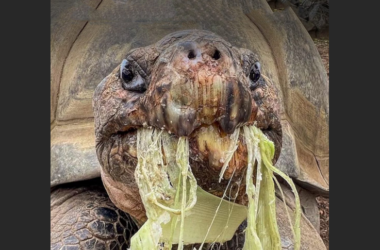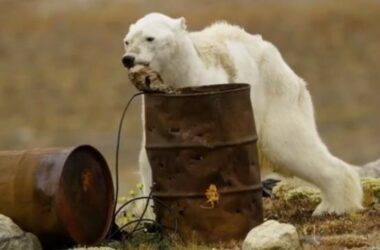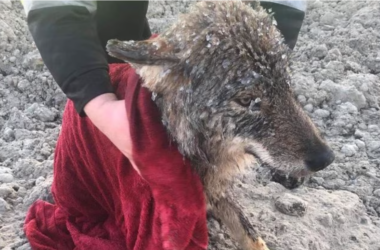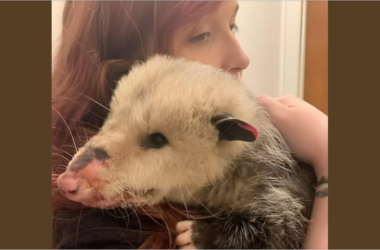What a precious, cheerful little fellow.❤️ We hope they are now protected.♥️♥️♥️
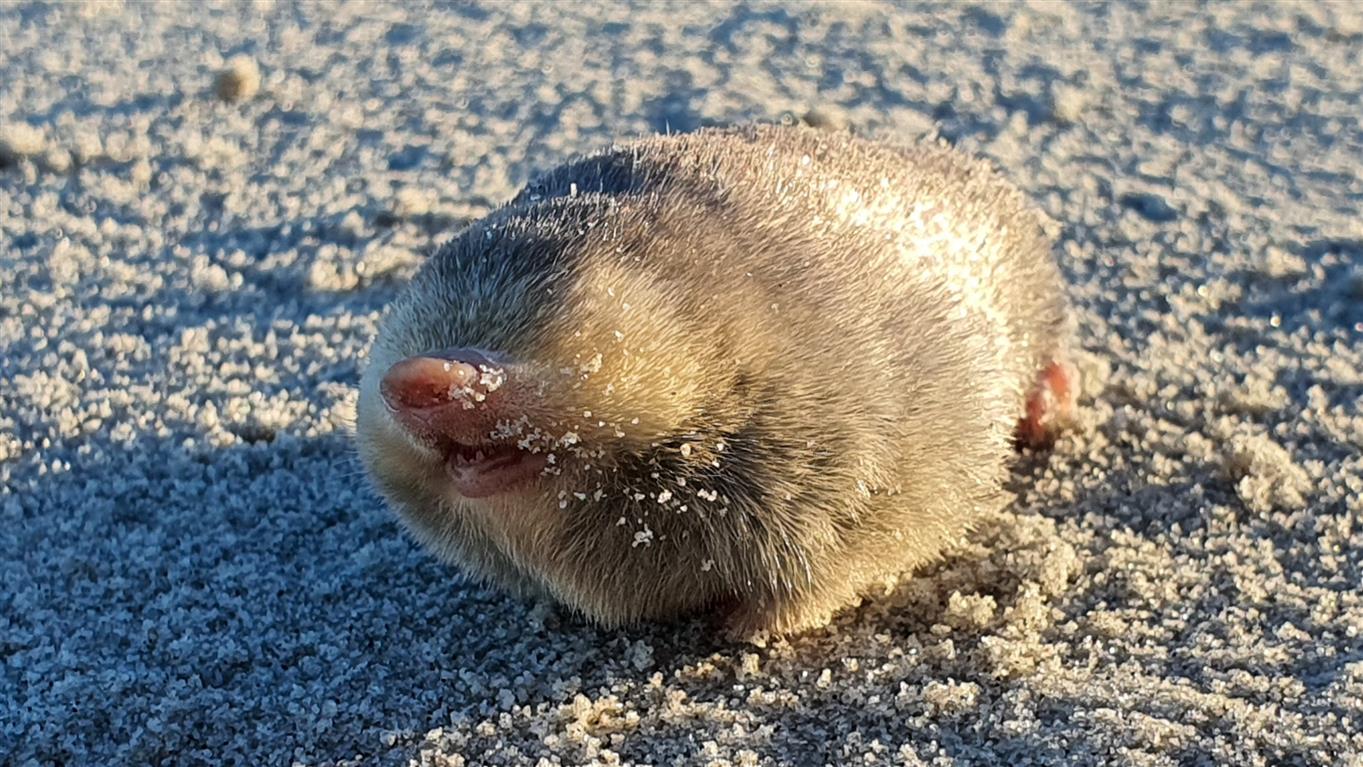
Image: JP Le Roux
Now leave them alone. They’ve survived this long without us knowing, probably best if we don’t step in.
Hope this kinda thing happens more often and that mankind takes their second chance and smartens up.
De Winton’s golden mole, last sighted in 1937, has been found alive swimming through sand dunes in South Africa after an extensive search for the elusive species.
The blind animal was filmed and photographed after an extensive search for the species, which researchers feared was [ext.inct].
De Winton’s golden mole “Cryptochloris wintoni” is an elusive [bl.ind] mole that “swims” through sand, lives in inaccessible burrows and has a shimmering, iridescent coat. It has only ever been recorded in one location — Port Nolloth, on South Africa’s northwest coast — where it was last sighted in 1937.
The researchers searched for evidence of the elusive mole by taking more than 100 soil samples from a range of locations and analyzing them for environmental DNA “eDNA” — DNA traces of the animal left in its environment through excretions, skin cells and hair. The team’s findings were published Nov. 24 in the journal Biodiversity and Conservation.
Analysis of eDNA from all the samples revealed two common golden mole species and the [end.ang.ered] Van Zyl’s golden mole “Cryptochloris zyli”. A species closely related to Van Zyl’s golden mole was also identified — and while researchers thought this could be the [lo.st] De Winton’s golden mole, they were unable to prove it.
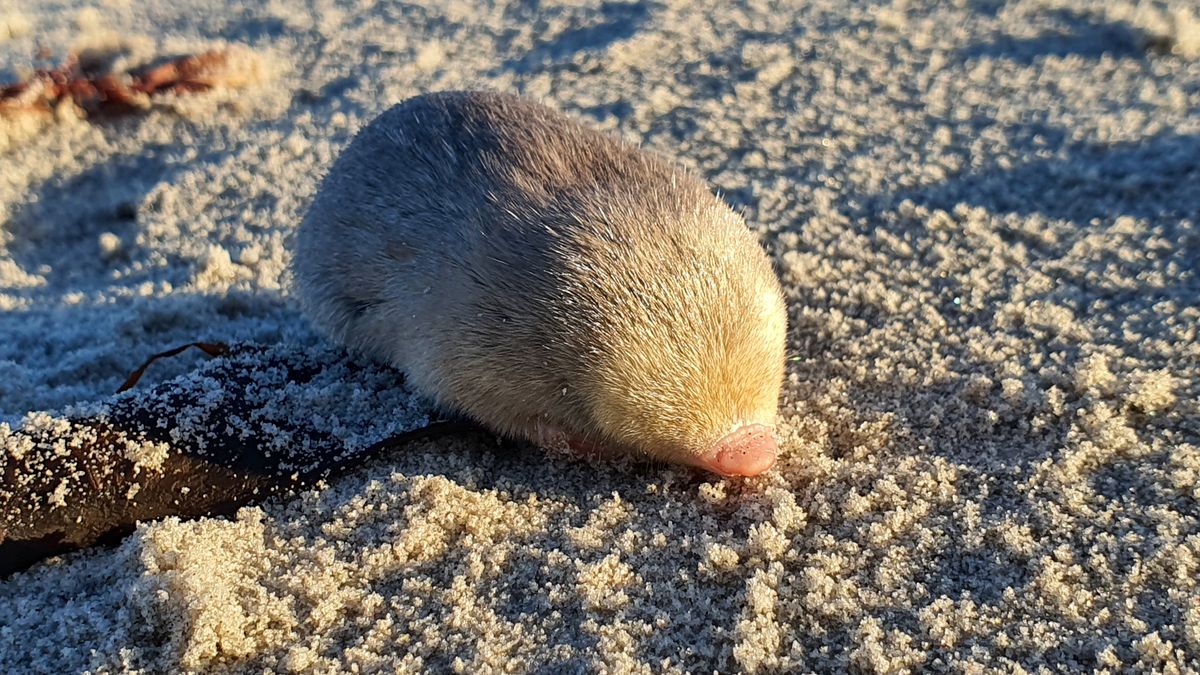
Image: JP Le Roux
However, in 2022, a DNA sample from a De Winton’s golden mole specimen that is now housed at a museum in Cape Town became available for study. After comparing the gene sequence from this to their eDNA samples, the researchers confirmed the fourth species was from De Winton’s golden mole.
Four more populations of De Winton’s golden mole have since been found.
The De Winton’s golden mole is listed in the Search for [Lo.st] Species project, which was launched in 2017. The aim of the project is to search for and rediscover 25 animal, plant and fungi species that have been [lo.st].
So far, 11 of the [lo.st] species have been found, including the Attenborough’s long-beaked echidna “Zaglossus attenboroughi”, Wallace’s giant bee “Megachile pluto” — the largest bee on the planet — and the velvet pitcher plant “Nepenthes mollis”, which had been [lo.st] for over 100 years.
So glad to see this little one. So many creatures have become [ext.inct]. Now we have to take care and protect.
Hope they are left to thrive! ❤️❤️
Our world has not given up! ♡ Let’s keep doing what we can for [end.angered] species and help them come back to their fullness, for all those that want this!

